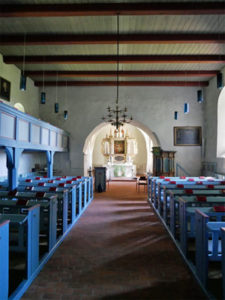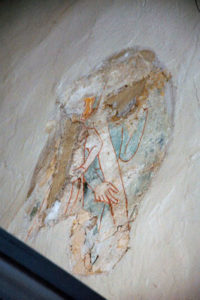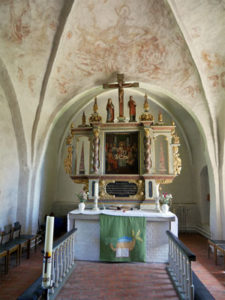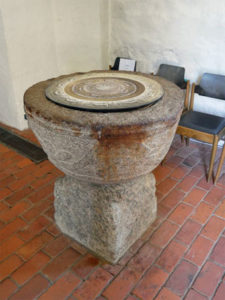Kosel St Laurentius









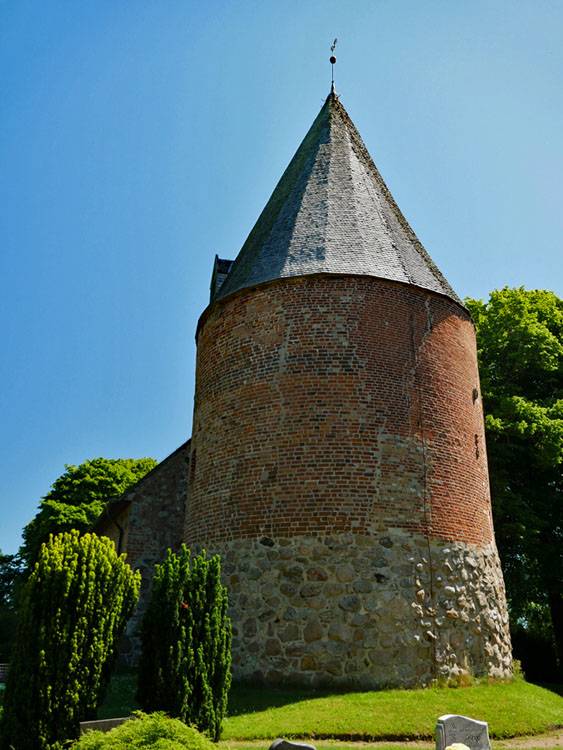








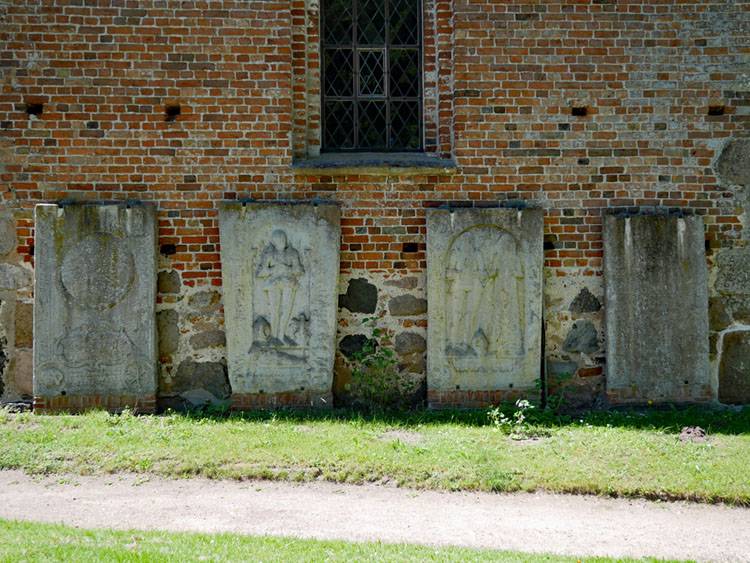





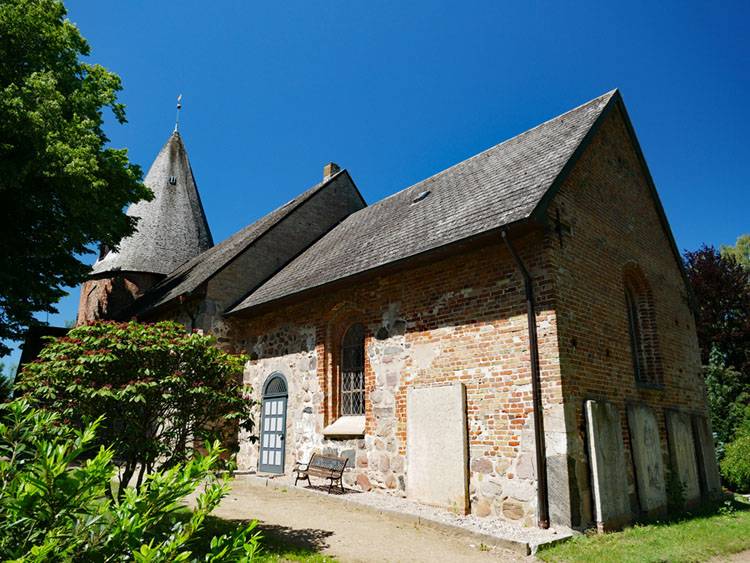







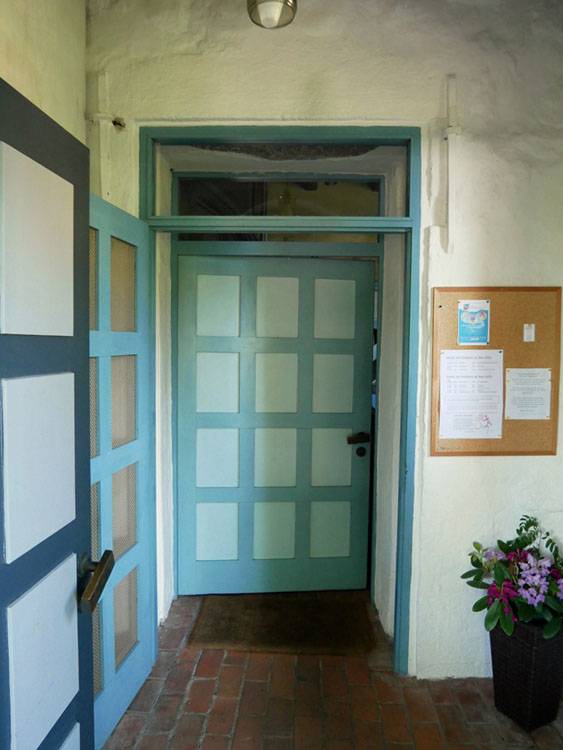



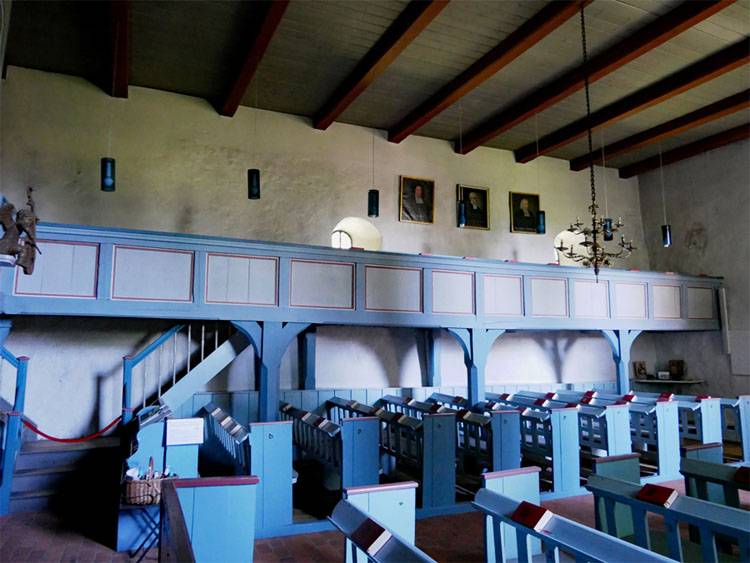

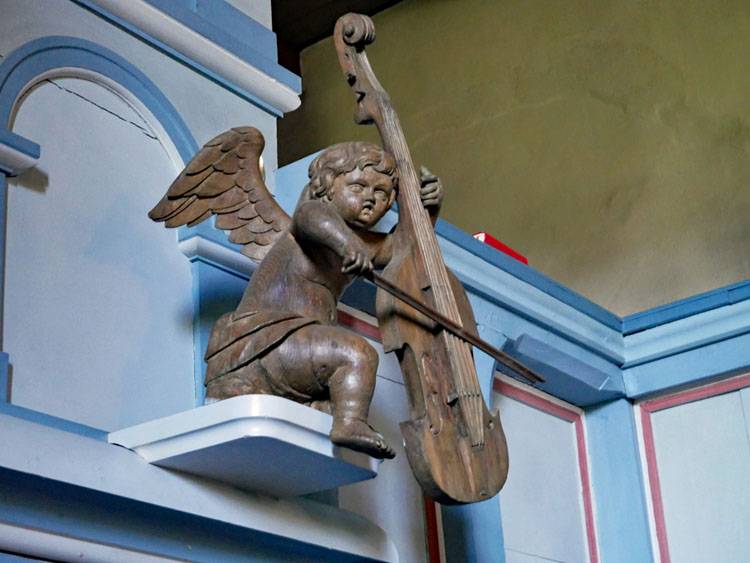


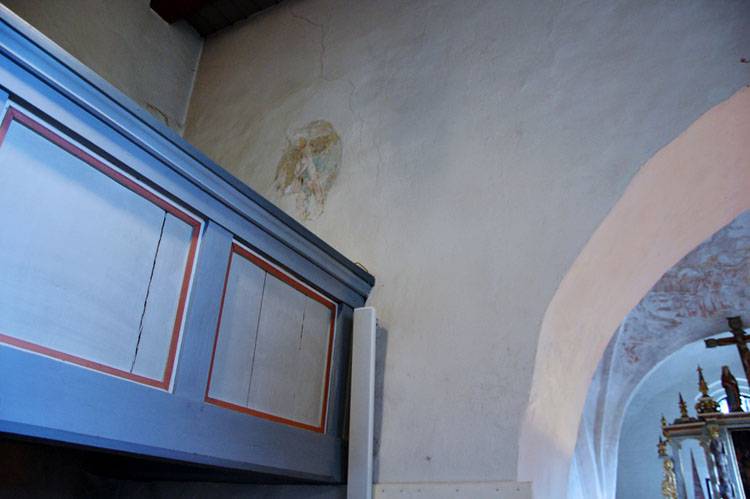



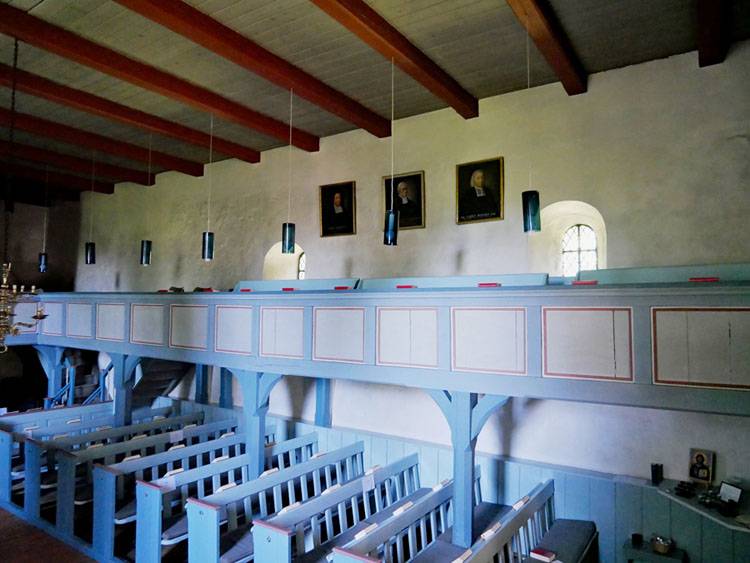

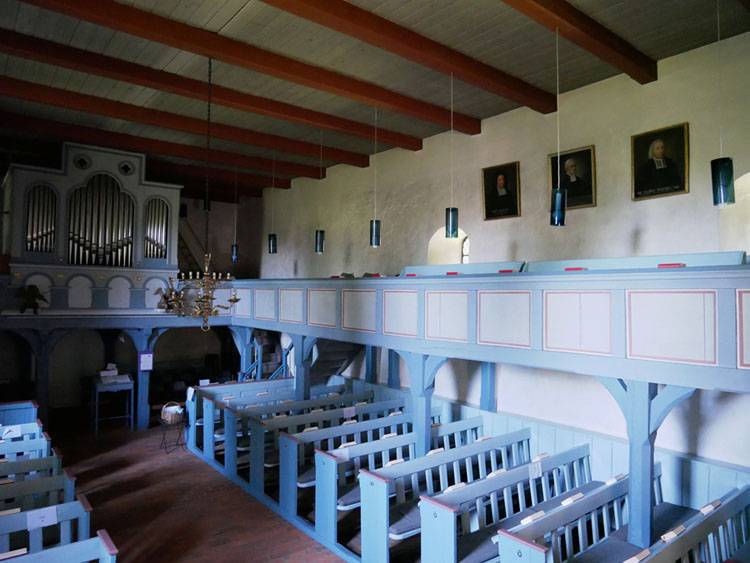
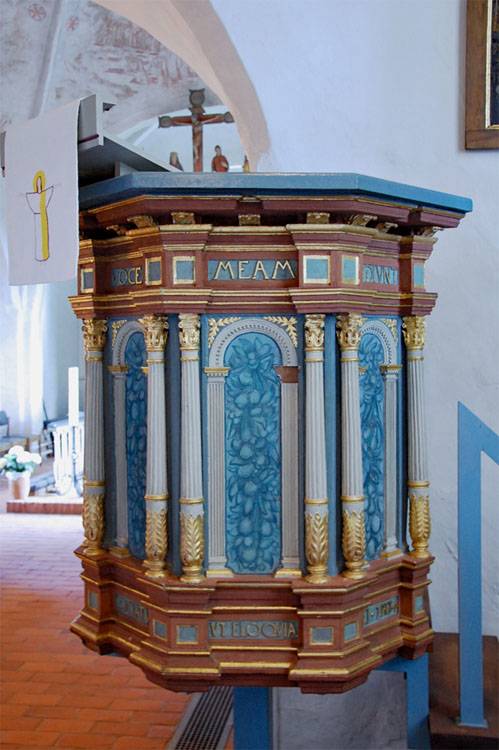

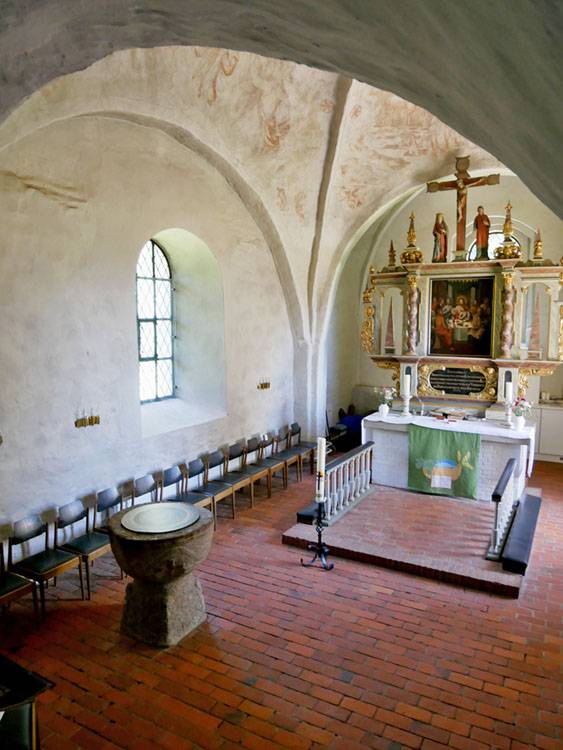


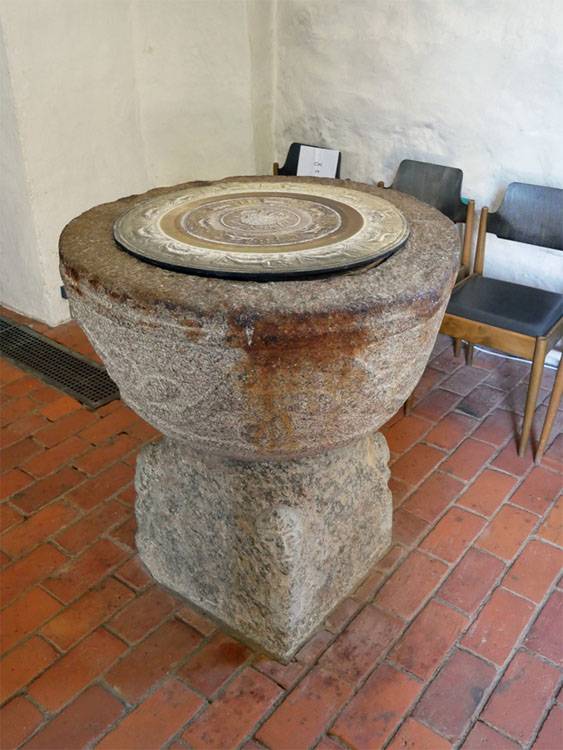







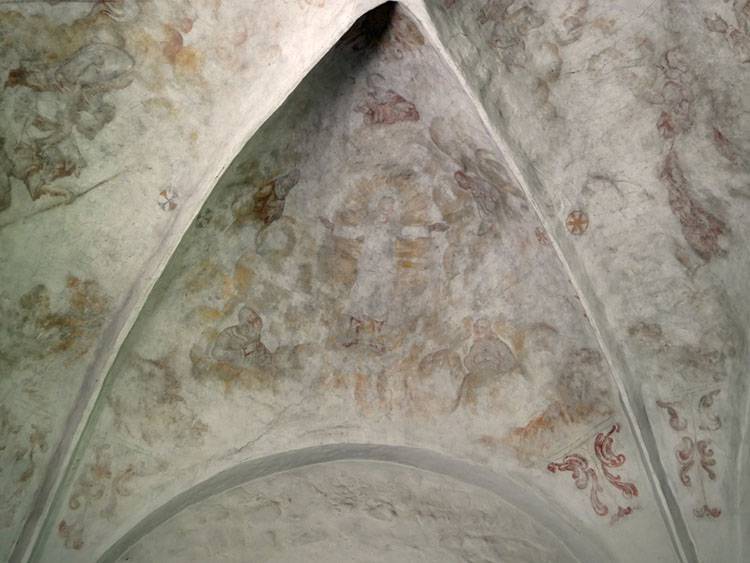

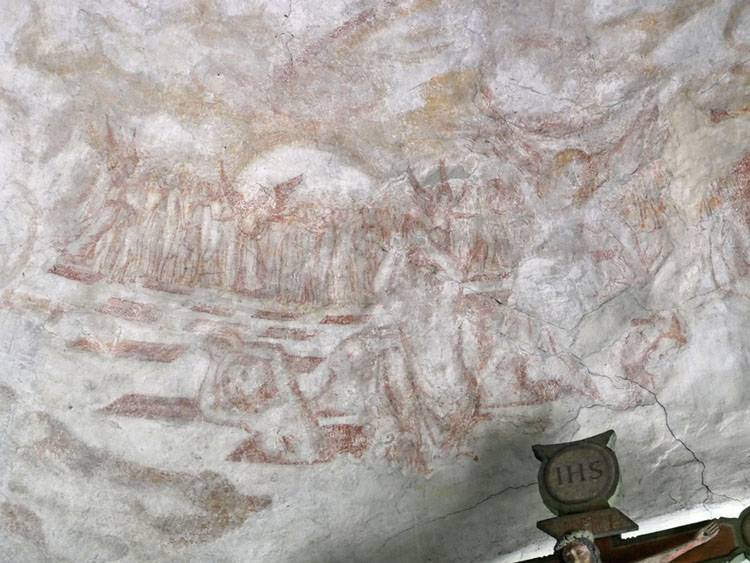

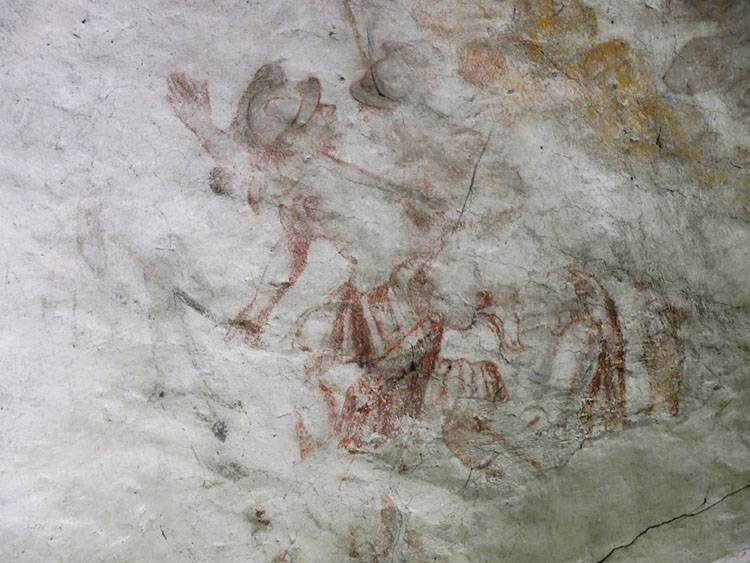

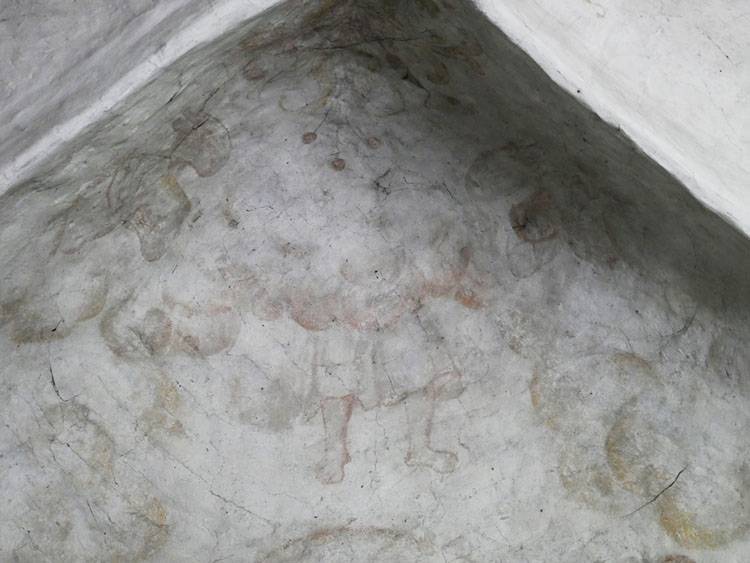

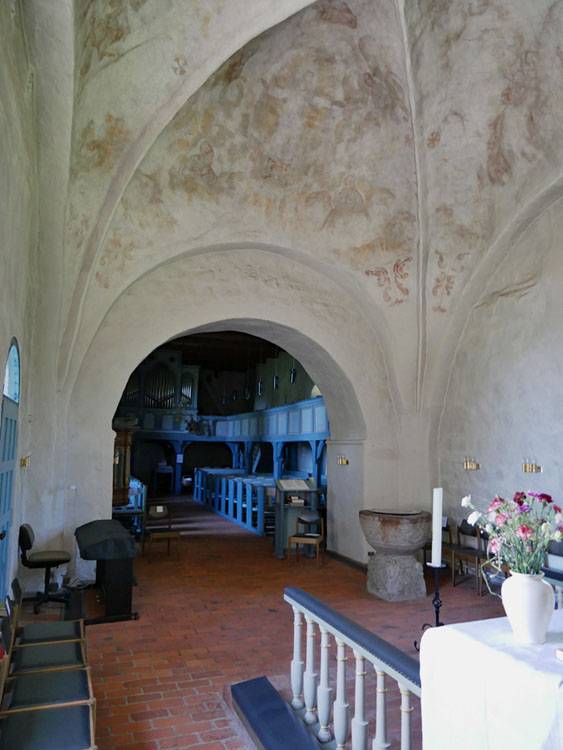




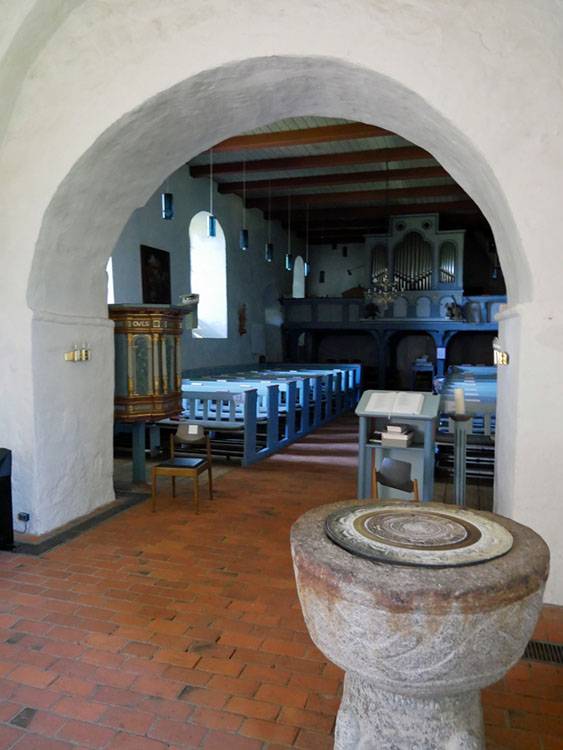

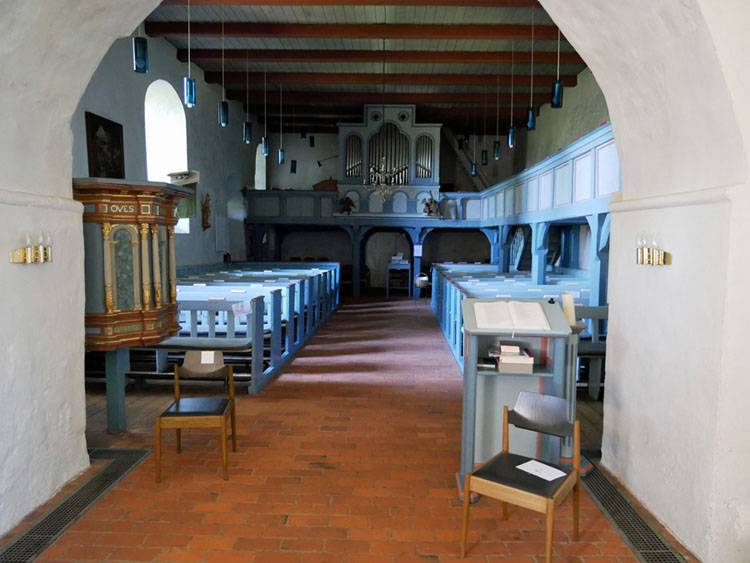









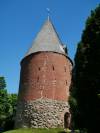
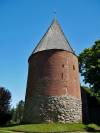
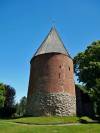
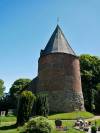


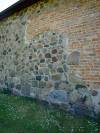

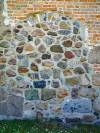
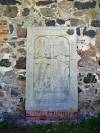
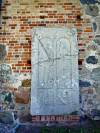

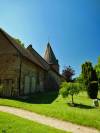
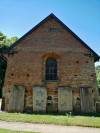


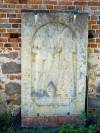
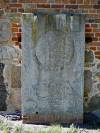
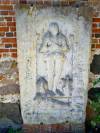



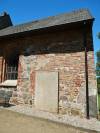
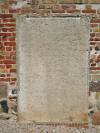
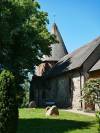
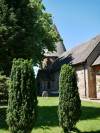

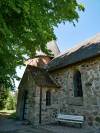

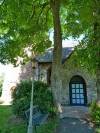

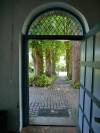



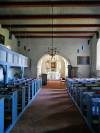



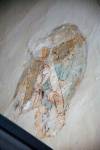
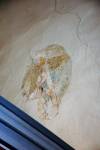






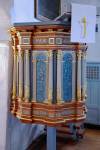


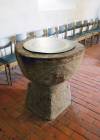

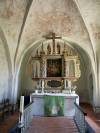














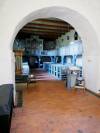

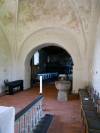



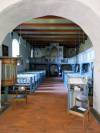



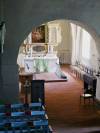
St Laurentius-Kirche Kosel
Where to find this church
Church Information
St Laurentius-Kirche is located in Kosel, a village in Schleswig-Holstein, to the south of the Schlei, the largest inland fjord in Germany. The ferry in Missunde at the narrowest point of the Schlei is only 3 miles away.
This church is usually open to visitors
* denotes external links that open in a new window
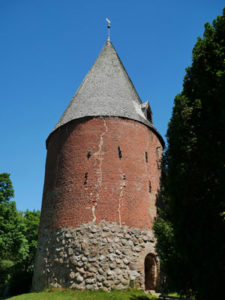
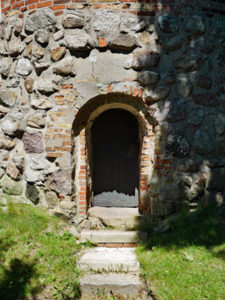
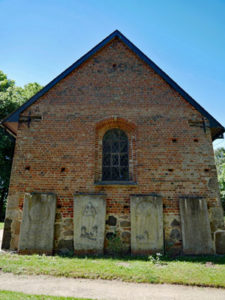
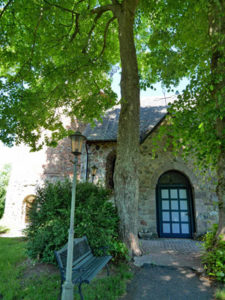
Visiting Kosel St Laurentius
Kosel is a small village situated on the southern shore of the Schlei – the largest German fjord of the Baltic Sea – about 3 miles south of the Stexwiger Enge and the Schlei-Ferry in Missunde. The region around the Schlei is a well-known and popular holiday area; we also took advantage of a holiday in the area to go on a cycle tour that passed through Kosel. Our main destination was, of course, the beautiful church of St Laurentius with its round tower. However, it probably didn’t have one in the beginning, because experts can prove that the tower was added later on to the west side of the nave. In any case, St Laurentius is not only a beautiful church, but we have always found it open and welcoming during our visits so far. This was even the case in the summer of 2020 during the Corona pandemic. In addition, there is the beautiful location in the churchyard with some shady trees. This invites cyclists to take a rest even without interest in the church.
The question of the age of the church is just as difficult to answer as the question of whether there was already a wooden church on this site. This is generally assumed, but there is no evidence for it. The nave and the western part of the chancel probably date from the second half of the 12th century. During this period, many churches in the style of Romanesque fieldstone churches were built north of the Eider in place of the earlier wooden churches. However, there is no solid evidence for this either, especially since news about the early times of the church and the parish are rare.
What interests us most about this church is, of course, the round tower. As mentioned above, it was certainly added to the west gable of the church and probably dates from the second half of the 13th century. The circle of the round tower – outside diameter about 9.80 m, inside about 5.40 m – is not fully closed. For about 3.40 m, the gable wall of the church also serves as the tower wall. Only in this section does the masonry up to the roof consist of unworked boulders. For the rest, this type of construction ends at about 3.20 m high. The rest is built of bricks up to the roof. The total height of the tower from the ground to the steel tip above the weathercock is about 24.85 metres. In the tower today there is only a small window on the north side and the entrance on the south side, which is locked with an old wooden plank door and an even older, large padlock. The round conical helmet of the tower has been covered with wooden shingles since the second half of the 17th century. The bell in the tower dates from 1685 and is still rung daily.
But why a round tower? Here too – as with churches in England – there is no conclusive explanation. The first impression for us – as it probably will be for you when you see the tower – is that of a defence tower. But this is unlikely for several reasons. After all, there was nothing to defend in the vicinity. The church stands on an area that was then, as it probably had been for centuries, a burial ground. And the village, which was burnt down in the 30 Years’ War, was more than 200 metres away. Those who felt endangered hid in the floodplain, the moors and the forest, which at that time still stood on the fields of today’s Ornum estate. And the strength of the walls only has something to do with the statics and the building material, but not with the intention to defend oneself.
There are also justified doubts about its use as a storage tower. The storage room on the ground floor offers only little space, and to transport every object on ladders to the upper floors is rather absurd. Ultimately, the question remains: why store anything here at all?
Therefore, there is much to suggest that it was actually built primarily purely as a church tower: The old churches from the second half of the 12th century were consistently built north of the Eider without a tower. At the end of the 13th century, however, other powerful people came to the area. The nobility, who came from Holstein, seized most of the land in Schwansen. They also extended their influence to the churches. They were used to a church having a tower at home, so they also built a church tower here. Perhaps the intention was to create a good observation point, because the view from the top of the tower reaches almost as far as Birkensee on one side and along the Au valley to the mouth of the Au in Ornumer Noor and then to its junction with the Schlei on the other. In other words, it is not known exactly here either.
In any case, the older part of the church is the nave, built of fieldstones on the inside and also partly of erratic blocks on the outside, but partly completed and repaired with bricks. The roof was originally flatter and thatched. In the second half of the 17th century, the thatch was replaced by wooden shingles – also over the chancel. In the course of the major overhaul in 1863 (see below), the roof was then covered with English slate, then in 1968 with Eternit slate. Originally, the nave had only two small Romanesque windows on the south wall, as it still does today on the north side, and a second entrance opposite the current entrance in the north wall: the women’s door.
In 1863, a major overhaul took place: the exterior walls were raised to their present height. On the south wall, large windows replaced the earlier small Romanesque windows, which are now only present in the north wall. The women’s door was also bricked up there, as was the door from the nave to the tower. A porch was added in front of the main entrance.
The western part of the choir, dating from the second half of the 12th century, was probably vaulted in the 13th century. How the choir was previously closed off to the east is no longer known today. In the 16th century, there was an extension on the south side of this part of the building in front of the outer entrance, which may have served as a sacristy or burial chapel. The foundations were found during excavations by the Institute for Pre- and Early History at Kiel University in 1980. The floor space within the foundations measured about 5 x 5m. Under the northern half of the chancel there is a walled crypt along the entire length of the main bay. It was bricked up and opened for the last time during the renovation in 1968. The wooden coffins of the last burials are still in the crypt. Striking are the 17th century paintings of the choir vault with depictions of the Ascension, the Last Judgement, the Resurrection and Christ’s appearance.
The source for essential parts of this text is the excellent and extensively documented church history on the church website.
Conclusion: interesting and beautiful open church you have to visit when in the area
